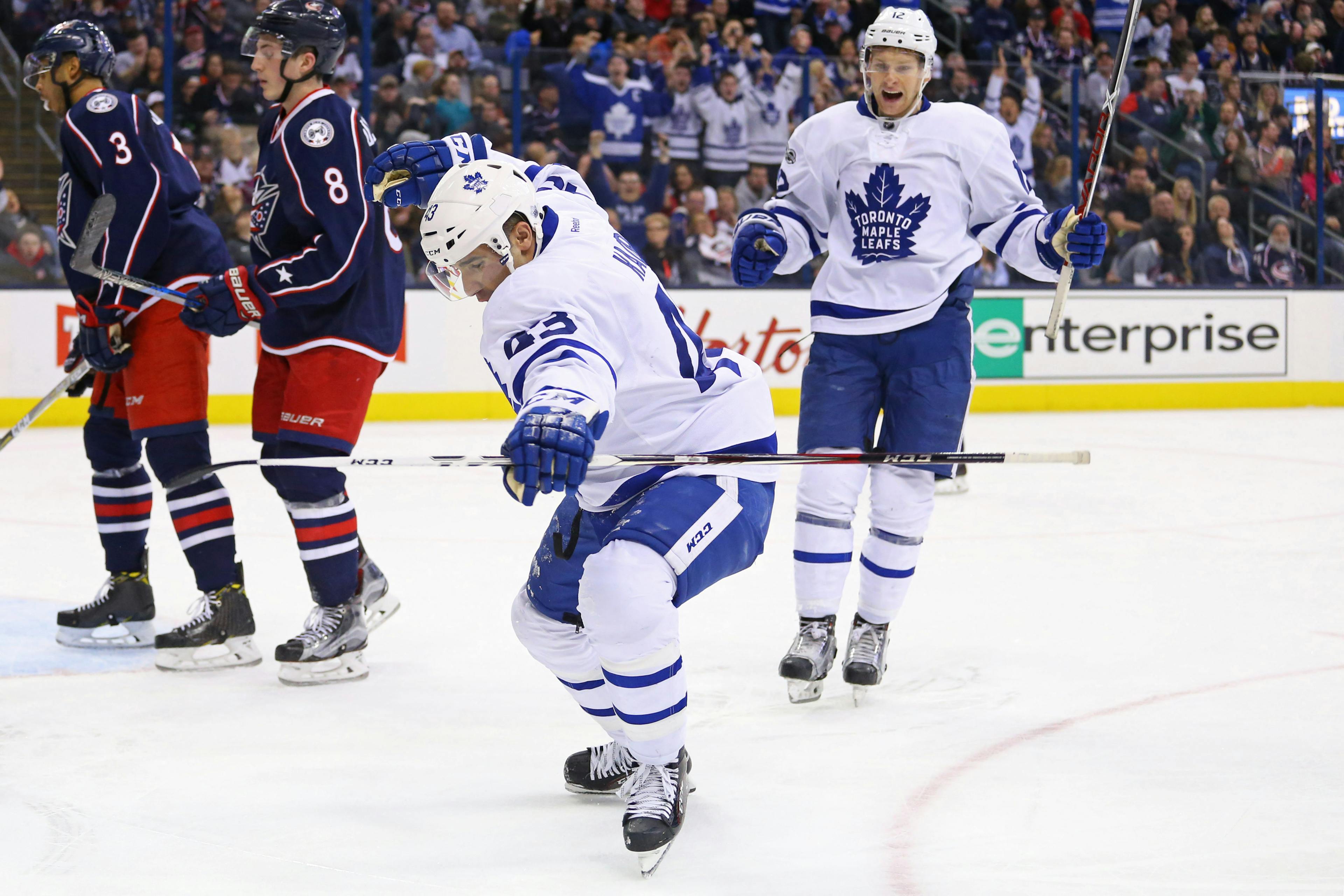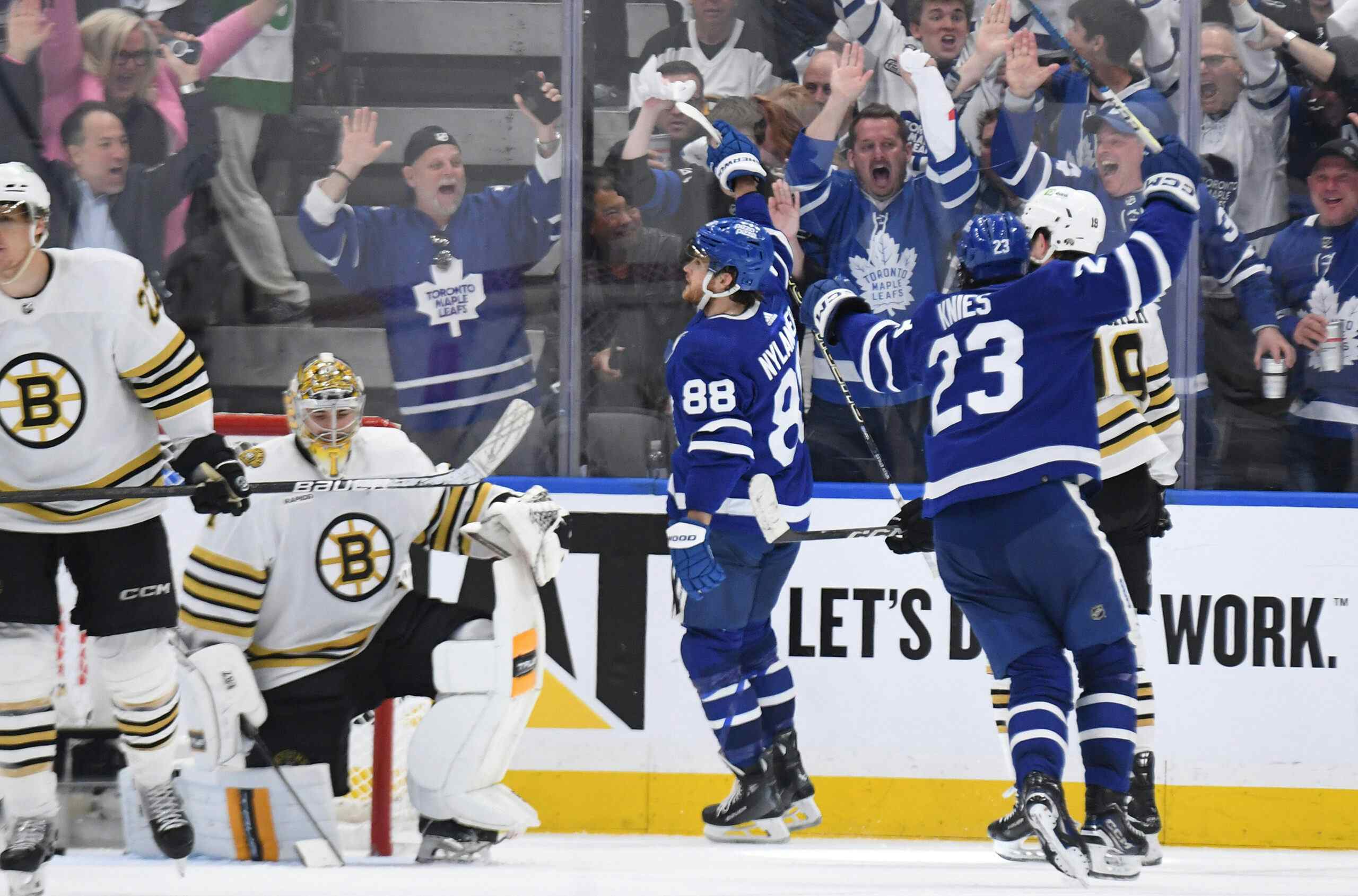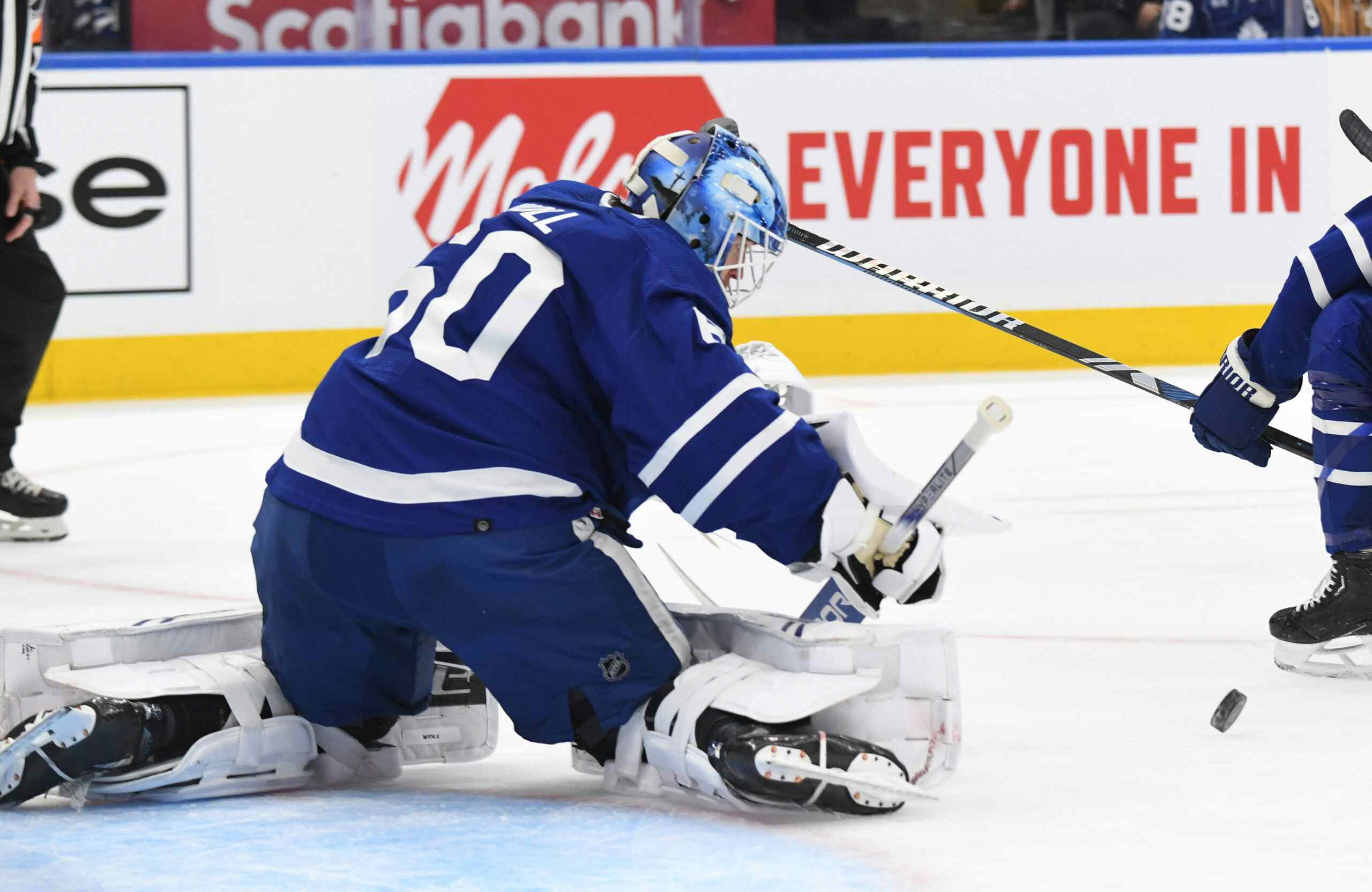Introducing a New WAR model: Part 1

By Ian Tulloch
6 years agoThis is the first instalment of my 5-part WAR series. Here are the links to the other sections:
- Part 1: Introduction
- Part 2: Shot Impact
- Part 3: Expected Point Production
- Part 4: Extras
- Part 5: Data Release
WAR, what is it good for? In sports like baseball, absolutely something.
Terrible dad jokes aside, we’ve seen websites like FanGraphs and Baseball Reference combine several stats to form a single metric for MLB players: Wins Above Replacement, or WAR. If you’re interested in learning how they accomplish this, I highly suggest reading this great piece at FanGraphs. Basically, it comes down to determining how many runs each metric is worth (ie. On Base %, Slugging %), adjusting for context (ie. Park factors), converting runs into wins, and then defining “replacement level”.
After spending countless hours working on #MyModel, I’ve finally come up with my best attempt at accomplishing the same thing with hockey. Consider this introduction Part 1 in the 5-Part WAR Series that I’m going to be doing this week. My goal is to provide you with a detailed explanation of how I break down player evaluation to one number. Now, obviously you should use more than one metric when evaluating players, but it’s important to note that WAR is all-inclusive, in that it takes multiple statistics into account and weights them based on how many wins they’re worth. WAR essentially answers the question: “if Player X got injured and we had to replace him with an AHL call-up, how much value would we be losing?”
Before I explain the components of my WAR formula, I want to make it clear that WAR doesn’t spit out a perfectly ranked list of the best players in hockey. It tries to do that, but there are countless limitations that prevent it from doing so (which I’ll go over in detail later). This piece by Matt Cane does an excellent job summing up my thoughts on the controversies surrounding single metric stats like WAR. I like to think of it as a starting point for analysis, before we dive deeper into the player’s role on the team, who they play with, their style of play, etc.
My inspiration for this was some of great work by DTMAboutHeart (WAR) and Dom Luszczyszyn (Game Score). I’ve been obsessed with their work for the past few years, so I figured that I would take a crack at coming up with my own metric. Full disclosure: I’m not a mathematician, I’m not a coder, heck I can barely work excel. DTMAboutHeart uses a complex regression model that my feeble mind will never be able to fully understand, but I do feel like my formula takes some factors into account that his doesn’t, such as passing data. There are tons of different ways to measure performance in hockey, and I’m definitely not saying that my method is necessarily the best way of doing it. What I do think, though, is that my WAR metric can provide the community with a slightly different approach to player evaluation.
The Method
I have a confession to make: I’m guilty of being very confused when I go through most Hockey Graphs articles or write-ups on complex models like Emmanuel Perry’s K metric. So for the simple minds out there like me, I’m going to try my best to explain this in a way that’s easy to understand.
Failed to load video.
When I started this project, the first thing I asked myself was “what’s my goal here?” I had to figure out what was more important to me: describing the past (descriptive) or predicting the future (predictive). In my opinion, Points and GF% do a perfect job of describing what’s happened, but the reason nerds like me like using other metrics is because they have more predictive power. So I think it’s important for people to know that the goal of this metric is to be predictive, not descriptive.
I’m trying to determine what players are going to do, not necessarily what they’ve done. I’ll break down the many ways I’ve attempted to accomplish this, but just know that a player’s WAR may not line up with where they finished in Hart Trophy voting. If a player has a monster year, no one can take that away from him, but I’m more interested in repeatable ways of driving results, not unsustainable spikes in shooting percentage (*cough* TJ Oshie).
#MyModel can be broken down into 6 components – a player’s impact on:
- Shot Quantity
- Shot Quality
- Shooting Percentage (Expected Point Production)
- Penalty Differential
- Faceoff Differential
- Power Play Success
For those wondering why I haven’t included the Penalty Kill, I have a couple major reasons. Firstly, it isn’t nearly as repeatable or predictive as other aspects of hockey, but more importantly…I didn’t have access to the data I needed from Corsica when I was making this metric. I may consider adding a 4v5 component to the formula at some point in the future. Until then, keep in mind that players who log big minutes on the PK will naturally be undervalued by my WAR metric.
As a thank you to those of you who stuck around, here’s a sneak preview at some of the fun stuff you’re going to see this week:




I’ll be back tomorrow to talk about shot metrics and the conundrum that is Quality of Competition. See you then!
Recent articles from Ian Tulloch





